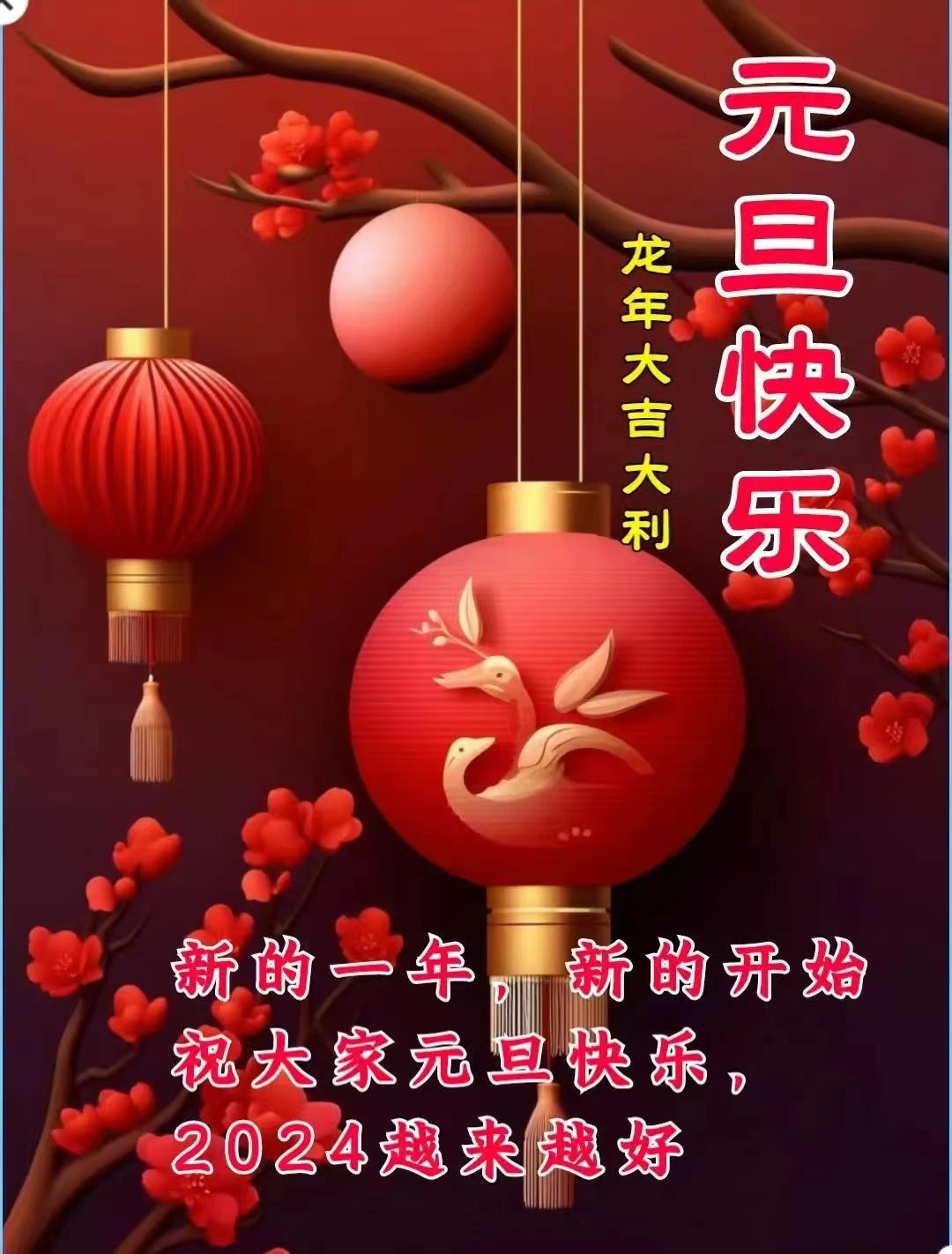The origin of the traditional Chinese New Year's Day,
Jan 02, 2024known as "Yuan Dan Jie," can be traced back to ancient times. It has a rich cultural history and is still widely celebrated in modern China.
Yuan Dan Jie, also known as the Spring Festival, marks the beginning of the Chinese lunar calendar. The festival usually falls between January 21st and February 20th. Its origins are deeply rooted in myths and legends, with various customs and traditions associated with it.
According to legend, there was a mythical beast called "Nian" that would come out to terrorize villages during the winter. The people soon discovered that the beast was afraid of loud noises, bright lights, and the color red. Thus, they began to celebrate the New Year by setting off fireworks, hanging red lanterns, and pasting red couplets on their doors, hoping to scare away the monster and bring good luck for the upcoming year.
Today, the Chinese New Year is a time for family reunions, feasts, and festivities. People clean their houses to sweep away bad luck, decorate their homes with red decorations, and exchange gifts. The highlight of the festival is the iconic Lion and Dragon dances, which are performed to bring prosperity and ward off evil spirits.
Chinese New Year is not only a celebration of the beginning of a new year but also a time to honor ancestors and pray for a prosperous and harmonious future. It is a cherished time when families come together to create lasting memories and embrace the rich cultural heritage of China.